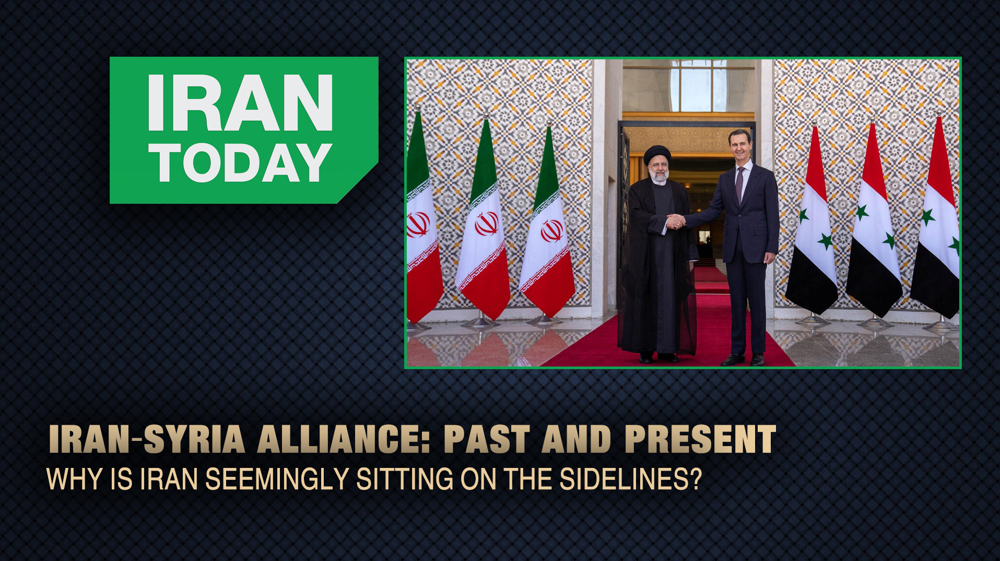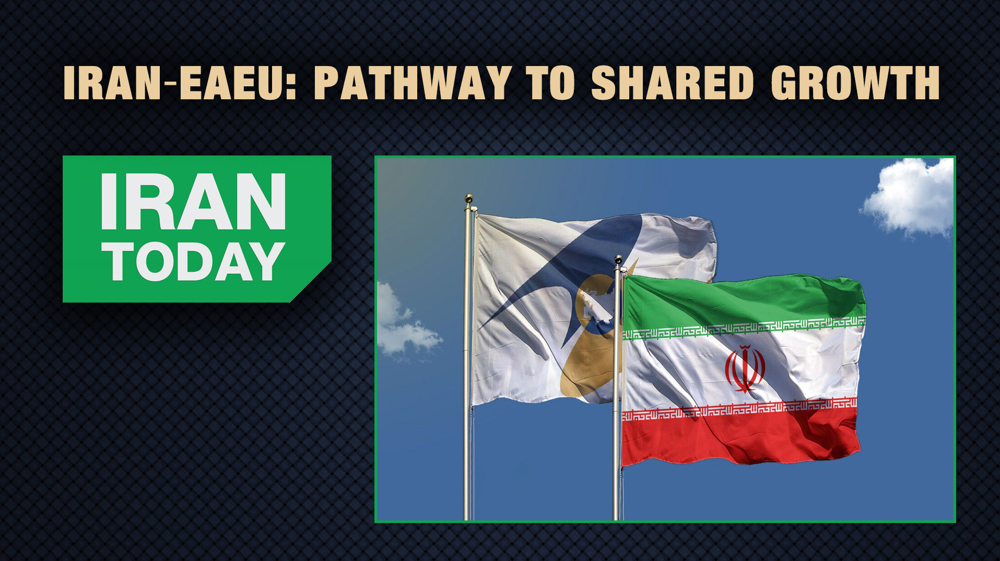Structure of governance in the Islamic Republic of Iran
In early 1979 Iranians finally ceased the 25 centuries of monarchic rule and instituted a novel manner of governance instead; a democracy predicated on religion.
For centuries, the mottos “Independence, Liberty & Islamic Republic” have been the very things Iran lacked prior to the revolution of 1979. The Shah’s regime both politically and economically was fully dependent on the West and the Islamic Jurisprudence had no part in the enactment of law or taking and making executive decisions. After the Islamic Revolution became victorious Iranians designed a structure of governance which would both guarantee democracy and respect people’s religious values.
The system of the Islamic Republic in Iran is a presidential democracy, wherein three separate powers, of the Executive, the Legislature and the Judiciary, function independently. This much is quite similar to many other regimes of governance; but the Iranian system, has a difference, as this trio of independent state powers, all look up to a single individual: The Leader, who based on the constitution, is vested with the duty to enjoy supreme supervision over all aspects of the state structure and to make sure Islamic principles and the people’s expedience is duly observed in all decisions made or taken by the totality of the governance system.
According to the Iranian constitution, the Assembly of Experts is chiefly in charge of electing a replacement for the leader in case anything happens to him that prevents him from leading the nation. An example of this happened after Imam Khomeini's demise. This assembly of experts is asked to monitor the performance of the Leadership’s Office. As such, the assembly is required to make sure the Leader, enjoys sufficient, political, religious, jurisprudential and spiritual qualifications.
Irrespective of all these, the country is run by the administration. This also means, the Iranian president is the country’s second in command and by employing the 18 ministries his cabinet is made up of, is charged with implementing the ratifications made by the legislature, or the Islamic Consultative Assembly. The Iranian Islamic Consultative Assembly or parliament holds some 290 members who are elected every 4 years.
Watch the full version of Iran Today’s new episode here:
Israel admits assassinating Hamas leader, vows to inflict same fate on Yemeni fighters, people
VIDEO | Yemeni forces repel US-British attack, down F-18 Jet
Iran’s capabilities vast; enemy’s ‘maximum pressure’ policies all failed miserably: Senior official
Iran’s economy grew 2.7% y/y in Sep quarter: CBI
VIDEO | Freelancers in Gaza strive to stay online amid genocide
Mikati demands Israel's withdrawal from south Lebanon
Yemeni army strikes Israeli military sites with drones
‘Clock ticking’: UNRWA slams unjustifiable killing of children in Gaza









 This makes it easy to access the Press TV website
This makes it easy to access the Press TV website